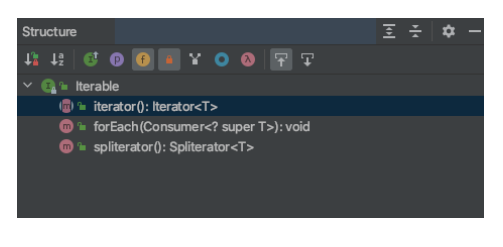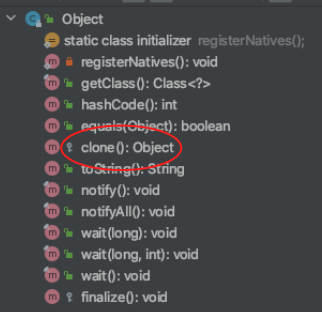Collection Framework - TreeSet
Collection Framework 의 인터페이스 구조는 다음과 같다.

여기서, Set 인터페이스를 구현하는 클래스로는 HashSet, TreeSet 이 있다.
TreeSet 클래스를 정리해보자.
1. Set 인터페이스
Set 인터페이스를 구현하는 클래스는 다음 특징을 가진다.
- 데이터 저장 순서를 유지하지 않음
- 데이터의 중복 저장을 허용하지 않음
2. TreeSet - 예시 01
TreeSet 은 Set 의 위 두 가지 특성을 모두 만족한다. 그리고, 다음 특성도 만족한다.
3. 데이터를 정렬된 상태로 유지
다음 코드로, 확인해보자.
1 |
|
출력 결과는 아래와 같이, 30 을 중복으로 저장하지 않고 정렬 상태를 유지한다.




